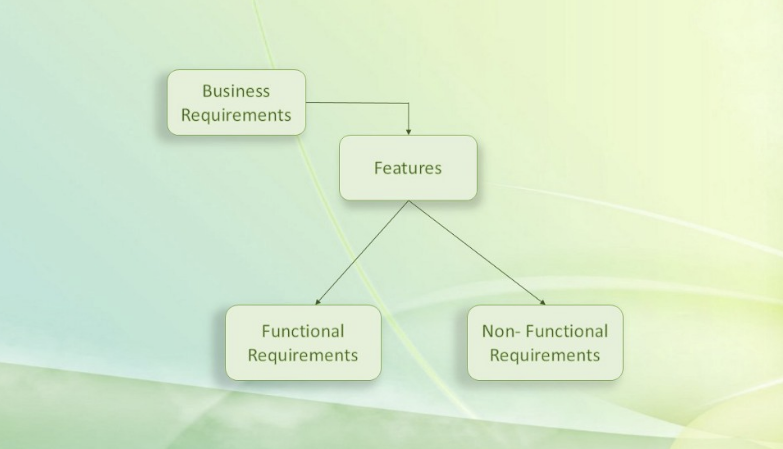The Importance of Requirements
In this article, learn the importance of requirements in the software industry because if you are not clear with your requirements, your projects won't succeed.
Join the DZone community and get the full member experience.
Join For Free
It doesn’t matter if you are in the IT industry or any other industry. If you are not clear with your requirements, then there are very few chances to end your project successfully.
Gathering the Complete and Exact requirements is a really important thing in every industry in Agile and Waterfall methodologies.
The requirements are based on System Design. If your requirements are not correct or not precise, the End-Product will contain errors. The requirement should be specified at different levels of detail because we are gathering these requirements for people such as users, developers, business managers, and system engineers. For example, Developers are interested in knowing what feature needs to be implemented within allocated time whereas end-users are interested in knowing how it is easy to use the features of the software.
What Is Software Requirement?
- Requirements specify how the particular product should include the working functionality.
- How that functionality should work. The more important thing is how you approach them.
- The Software Requirements describe how the application should act.
Importance of Requirement Documents
- The purpose of the requirements document is to provide a basis for the mutual understanding between the users and the designers.
- The requirement document should include the details of the functionality of the product, the purposed procedures, a list of the features that need to implement, the required time for development, etc.
- This document should also specify the performance requirements, which include inputs and output for users, the accuracy of the product, etc.
Each requirement should be stated in a way that the reader can easily get it. And, in last this document, we also need to make a reference to a development plan and describe the operating environment.

Types of Requirement
- Business Requirement
- Software Requirement
Business Requirement
- A Business requirement is a leading overview of business issues and the suggested solution for it, often presented by a potential supplier or provider to the potential client business.
- If we talk about the documentation of Business requirements then there are many options for writing Business Requirement Document and the good practice is to check examples of existing ones written for this business; this template gives you a way to start.
- The Business Requirement Document is most often used to connect with the development of software applications, but it could also be used to develop any product or service since it describes business needs and goals.
- It also represents a basic contract between the customer and the vendor outlining the expectations and deliverables for the project. This document sets the standards for determining when a project has reached successful completion.
- There is a reason why most companies need business analysis in the development process.
- If you are not clear about your business requirement, then there is a possibility of a wrong decision can be made. A decision that will impact your software development and will also slow down it.
Software Requirement
There are two types of Software requirements
- Functional Requirements
- Non-functional Requirements
Functional Requirement
- The functional requirements describe the functionality of the software application.
- The functional requirement section is about to put more details regarding the structure behind what the user of the end product sees. You can also add a subsection for user requirements, data flow diagrams, and flow charts.
- The audience for this document is business decision-makers.
- These functional requirements describe the interaction of the software with its environment and specify the inputs, outputs, external interfaces, and functions that should be included in your software application.
Non-functional Requirement
- The non-functional requirements are known as quality requirements.
- These requirements are related to the performance, load, security, and response time of the application.
- Non-functional requirements should be accomplished in such a way that makes it perform efficiently.
- Non-functional requirements are recommended in terms of metrics to make them more tangible.
For example, When someone told you to build a software development application, what they told you is what that software application should act. e.g. It will allow you to add pictures in your memory and share documents from your memory. But, they don’t tell you about the payload, performance, security of an application, and many other things. We called these non-functional requirements.
Always think about non-functional requirements and highlight them as much as possible while estimating the required development time.
Conclusion
That is all about the different types of requirements. Before starting the development, always understand the requirements deeply. Sometimes, the main reason for the project fails is due to wrong and incomplete requirements.
Opinions expressed by DZone contributors are their own.

Comments